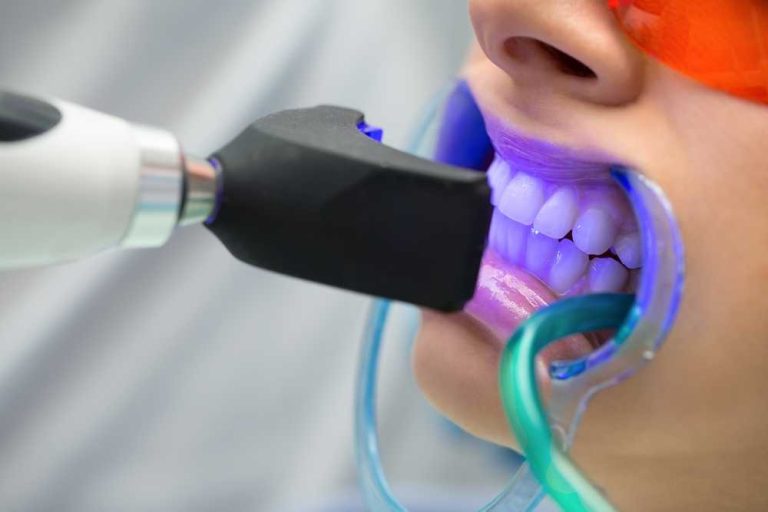In today’s fast-paced world, efficient communication during emergencies can save lives. Safety chat platforms have emerged as vital tools that enhance coordination, accelerate response times, and ensure critical information is shared promptly among responders and affected individuals. This article explores how Safety chat platforms are revolutionizing emergency management by providing streamlined communication solutions.
What Are Safety Chat Platforms?
Safety chat platforms are specialized communication tools designed to facilitate real-time messaging and coordination during emergency situations. Unlike traditional communication methods, these platforms offer dedicated channels for emergency responders, organizations, and communities to interact instantly, ensuring swift and accurate information flow.
Key Features of Safety Chat Platforms
- Real-Time Messaging: Immediate exchange of messages allows for quick updates and coordination.
- Group Communication: Enables multiple responders to collaborate within specific channels.
- Multimedia Sharing: Users can share images, videos, or location data to provide situational awareness.
- Integration Capabilities: Many platforms integrate with emergency management systems for seamless operation.
- Security and Privacy: High-level encryption ensures sensitive information remains protected.
How Safety Chat Platforms Improve Emergency Responses
Emergency situations demand rapid, clear, and reliable communication. Safety chat platforms address these needs by overcoming the limitations of conventional methods like phone calls or emails.
Faster Information Flow
With safety chat platforms, responders receive updates instantly. This rapid exchange reduces delays that could otherwise exacerbate an emergency, allowing teams to mobilize resources more effectively.
Enhanced Coordination Among Responders
Safety chat platforms enable responders from various agencies—such as police, fire departments, and medical teams—to collaborate in unified chat environments. This integration ensures that everyone remains informed and can coordinate actions without miscommunication.
Situational Awareness Through Multimedia
Sharing photos, videos, and live location data helps responders better understand the situation on the ground. Safety chat platforms facilitate this kind of multimedia exchange, providing valuable context that aids decision-making.
Documentation and Record Keeping
Messages and shared media on safety chat platforms are often automatically logged, creating a comprehensive record of the incident. This documentation is crucial for post-incident analysis, reporting, and training.
Types of Safety Chat Platforms
Safety chat platforms vary based on their target users and functionalities. Understanding these differences helps organizations choose the right solution for their needs.
Public Safety Platforms
Designed specifically for emergency responders, these platforms prioritize features such as secure communication, interoperability between agencies, and compliance with regulatory standards.
Corporate Safety Chat Platforms
Many corporations implement safety chat platforms to manage internal emergencies, such as workplace accidents or security threats. These platforms often include tools for employee check-ins and incident reporting.
Community-Based Safety Chat Platforms
Some platforms focus on enabling communication within neighborhoods or community groups to raise alerts quickly about local emergencies or safety concerns.
Selecting the Right Safety Chat Platform
Choosing an appropriate safety chat platform requires considering several factors to ensure it aligns with your emergency management goals.
Ease of Use
The platform should have an intuitive interface that allows users to send and receive messages effortlessly, even under stress.
Scalability
Whether you need to communicate with a small team or a large network of responders, the platform must scale accordingly without compromising performance.
Security Measures
Given the sensitivity of emergency communications, robust encryption and access controls are essential to protect data integrity.
Integration with Existing Systems
Compatibility with existing emergency management software and communication tools can enhance efficiency and reduce operational friction.
Best Practices for Implementing Safety Chat Platforms
Integrating safety chat platforms into emergency protocols requires thoughtful planning and training.
Conduct Training Sessions
Regular training ensures that all users understand how to operate the platform effectively during emergencies.
Develop Clear Communication Protocols
Establish guidelines on message prioritization, channel usage, and escalation processes to maintain clarity.
Test the System Regularly
Routine drills and system checks help identify potential issues before real emergencies occur.
The Future of Safety Chat Platforms
As technology advances, safety chat platforms continue to evolve with features like artificial intelligence, predictive analytics, and improved interoperability.
AI-Powered Insights
Artificial intelligence can analyze chat data to identify patterns, predict potential threats, and recommend actions, further improving emergency responses.
Enhanced Interoperability
Future platforms will better connect diverse communication systems, allowing seamless interaction among different agencies and devices.
Mobile Accessibility
With increasing mobile device usage, safety chat platforms will focus more on mobile-friendly designs to support responders on the go.
Conclusion
Safety chat platforms are transforming emergency response by enabling rapid, secure, and coordinated communication among responders and affected communities. Their ability to streamline emergency responses makes them indispensable tools in modern safety management. By adopting the right safety chat platform and integrating it thoughtfully into emergency protocols, organizations can significantly enhance their ability to respond to crises efficiently and effectively. If your goal is to improve emergency communications, investing in a reliable safety chat platform is a crucial step toward ensuring safety and saving lives.





